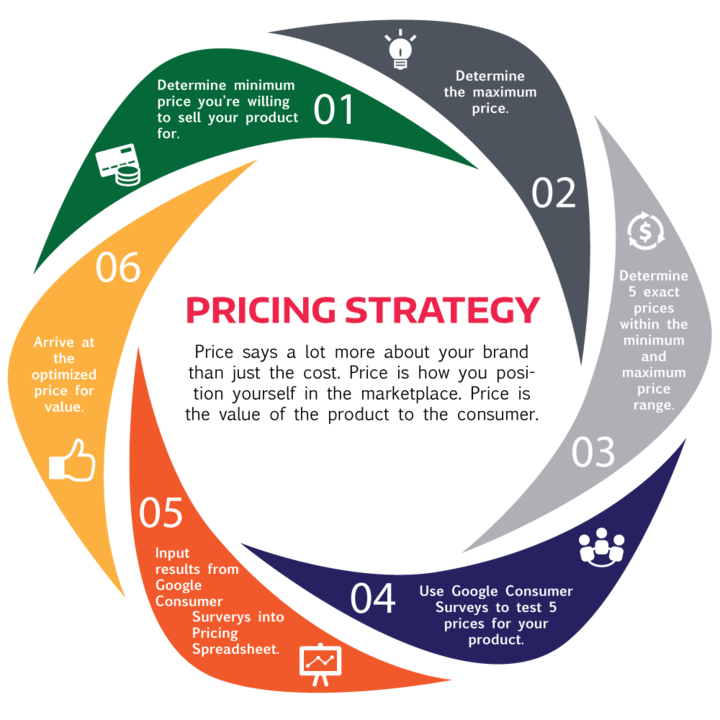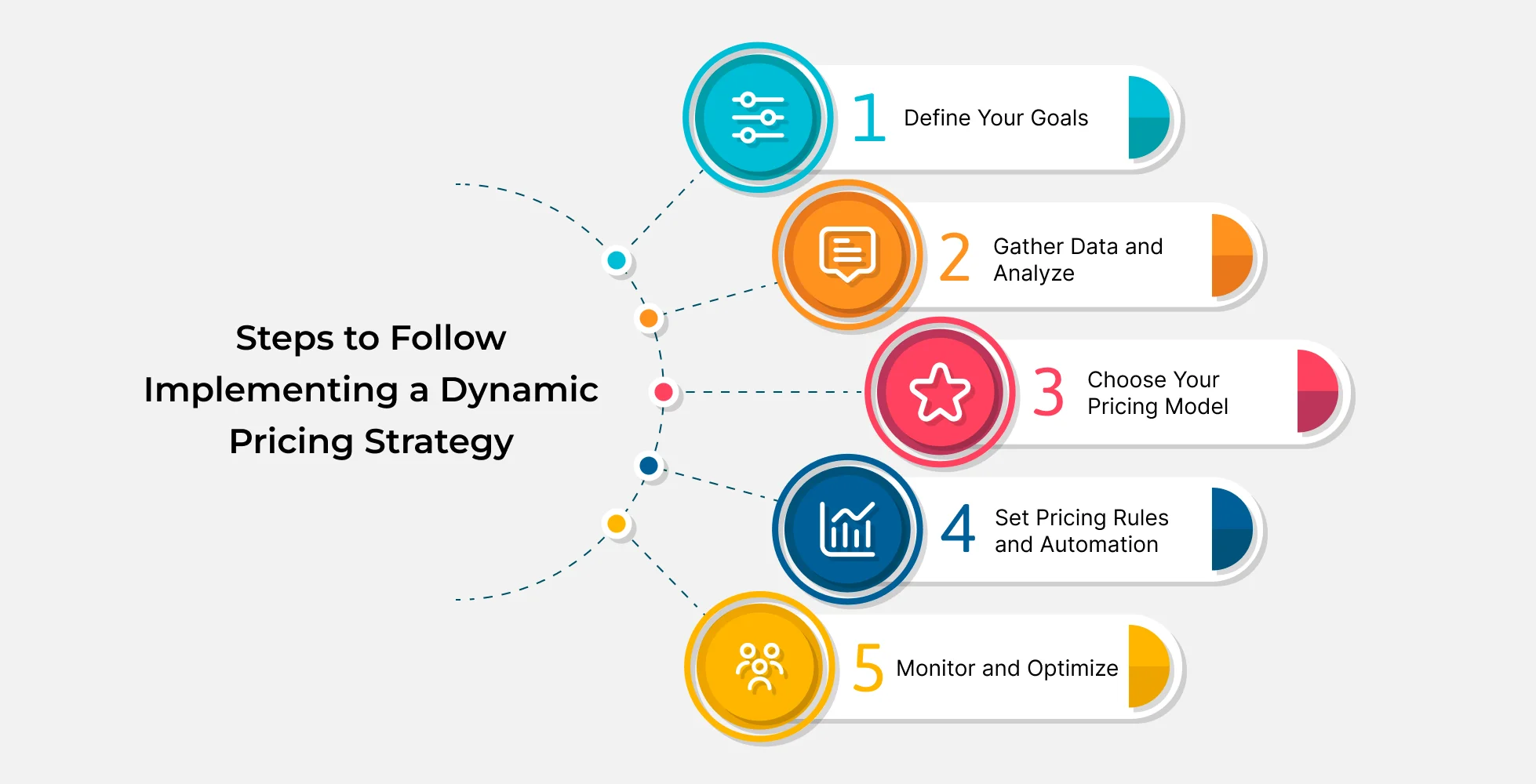How to Leverage Your Pricing Strategy to Boost Revenue Margins
How to Leverage Your Pricing Strategy to Boost Revenue Margins
Blog Article

Master Effective Prices Techniques to Optimize Earnings
In the ever-evolving landscape of commerce, grasping effective prices techniques is vital for organizations aiming to maximize earnings. A nuanced understanding of pricing psychology can considerably influence customer behavior and acquiring choices.
Comprehending Rates Psychology
Comprehending pricing psychology is critical for businesses intending to maximize their pricing strategies. This area takes a look at just how consumers perceive prices and how these assumptions affect their investing in decisions. Trick concepts in rates psychology include the anchoring impact, where the initial cost offered serves as a referral factor for customers, and the principle of rate sensitivity, which varies among various consumer sections.
In addition, companies can utilize the notion of perceived value, where the perceived advantages of an item or solution can warrant a higher cost factor. Premium prices can produce an aura of exclusivity, attracting consumers who link higher costs with superior top quality. On the other hand, emotional rates, such as setting a price at $9.99 as opposed to $10, can considerably impact consumer actions by making rates show up much more eye-catching.
Additionally, shortage and seriousness can improve the viewed value of items, prompting quicker buying choices. Comprehending these emotional triggers makes it possible for services to create prices approaches that not only drive sales however likewise foster consumer commitment. Thus, mastering rates psychology is crucial for effective prices approach solution, causing boosted success and market positioning.
Implementing Value-Based Pricing

Next, sector your customers based on their readiness to pay and the worth they regard. By doing so, you can customize offerings and pricing strategies to straighten with various segments.
Constantly monitor market problems and customer responses to fine-tune your pricing approach over time. By carrying out value-based pricing, services can boost earnings while fostering long-term customer commitment.
Exploring Dynamic Pricing Designs
In today's swiftly transforming market landscape, vibrant rates models have arised as an effective approach for organizations looking for to maximize profits and react to fluctuations sought after. These models permit companies to adjust their costs in real-time based on numerous elements such as consumer habits, market patterns, and inventory levels. By leveraging data analytics and formulas, organizations can identify optimal pricing factors that make the most of sales while staying affordable.
Dynamic prices can take different types, including time-based rates, where costs rise and fall based upon time of day or season, and demand-based pricing, which changes prices according to existing customer need. This versatility not only boosts profitability but you can find out more also improves consumer complete satisfaction by offering costs that show real-time market problems.
Carrying out vibrant prices needs a durable technical facilities and a deep understanding of consumer sectors. It is vital for organizations to check market signals and consumer responses constantly, ensuring that pricing techniques align with broader company objectives. Transparent interaction regarding pricing changes can assist minimize client discontentment and foster trust, inevitably leading to sustained success in an affordable marketplace. Welcoming dynamic prices can thus be a transformative technique in the pursuit for maximizing income.
Analyzing Competitor Rates
Keeping an eye on rival prices is necessary for services intending to keep an one-upmanship in their respective markets. By assessing rivals' rates techniques, business can determine market patterns, understand customer choices, and adjust their prices accordingly. This evaluation entails event information on rivals' costs, marketing methods, and product offerings to inform prices choices.
To effectively assess rival prices, businesses should use different devices and techniques, such as cost tracking software application, marketing research reports, and consumer feedback. This information can disclose just how rivals place their services and products, permitting companies to separate their offerings or adopt comparable strategies to stay relevant.
Additionally, it is vital to categorize competitors into straight and indirect rivals. Direct competitors offer comparable service or products, while indirect competitors may meet the same customer need with different remedies. Recognizing the subtleties between these groups will certainly make it possible for companies to customize their rates strategies better.
Inevitably, ongoing rival prices evaluation is vital for making enlightened pricing choices. It enables services to stay agile in feedback to market changes, ensuring they can seize possibilities and reduce dangers connected with pricing methods.
Reviewing Rates Performance
Recognizing exactly how rival prices influences market characteristics causes advice an all-natural focus on reviewing prices performance within one's own business. This assessment is crucial for identifying locations of stamina and chances for improvement, ultimately improving earnings.

In addition, performing routine pricing audits can disclose inconsistencies in between expected and actual performance. This involves contrasting prices information across different sections and channels to understand variances and recognize fads. Integrating customer feedback can offer insights right into perceived worth visit homepage versus actual rates, ensuring alignment with market expectations.
Lastly, leveraging information analytics devices can assist in deeper understandings into rates efficiency, allowing companies to make data-driven modifications (Pricing Strategy). By constantly reviewing pricing efficiency, companies can adjust to market adjustments and enhance their approaches, making sure continual earnings in a competitive landscape
Conclusion
By leveraging pricing psychology, companies can improve regarded value and dressmaker prices to diverse consumer segments. The fostering of vibrant and value-based rates versions facilitates real-time modifications based on demand and consumer determination to pay.
Comprehending pricing psychology is important for companies intending to enhance their rates strategies. Recognizing these emotional triggers allows organizations to develop prices approaches that not just drive sales yet likewise foster consumer commitment. Thus, mastering prices psychology is essential for effective pricing technique solution, leading to improved earnings and market positioning.
By assessing competitors' pricing approaches, business can determine market trends, recognize consumer preferences, and readjust their prices appropriately. By leveraging pricing psychology, companies can enhance regarded worth and dressmaker rates to diverse client segments.
Report this page